The protection of the environment against the onslaught of climate change is arguably the most pressing challenge facing humanity. Clean Space thinks so at least.
Many European countries are leading the way on transitioning to a low-carbon and resource-efficient circular economy, which is a policy pillar of the EU (€3.4 billion dedicated). Up until now, space has been considered of low priority, with the assumption that low production rates result in low impacts. But any industry can be made to look small, if you compare to something sufficiently larger! And in fact in some areas, space is not small. For example, worldwide launches are considered by some people as accounting for an increasingly significant proportion of overall global ozone depletion. With increasing cubesats and mega constellations on the way, and the increased launch rate this will demand, the focus on space will only increase.
Since 2012, the Clean Space initiative has been working on environmental issues for space, both on the Earth and in orbit. Ecodesign focuses on reducing the environmental impacts on Earth and ESA has become a leader in this field, carrying out studies in the following areas shown in the following infographic:
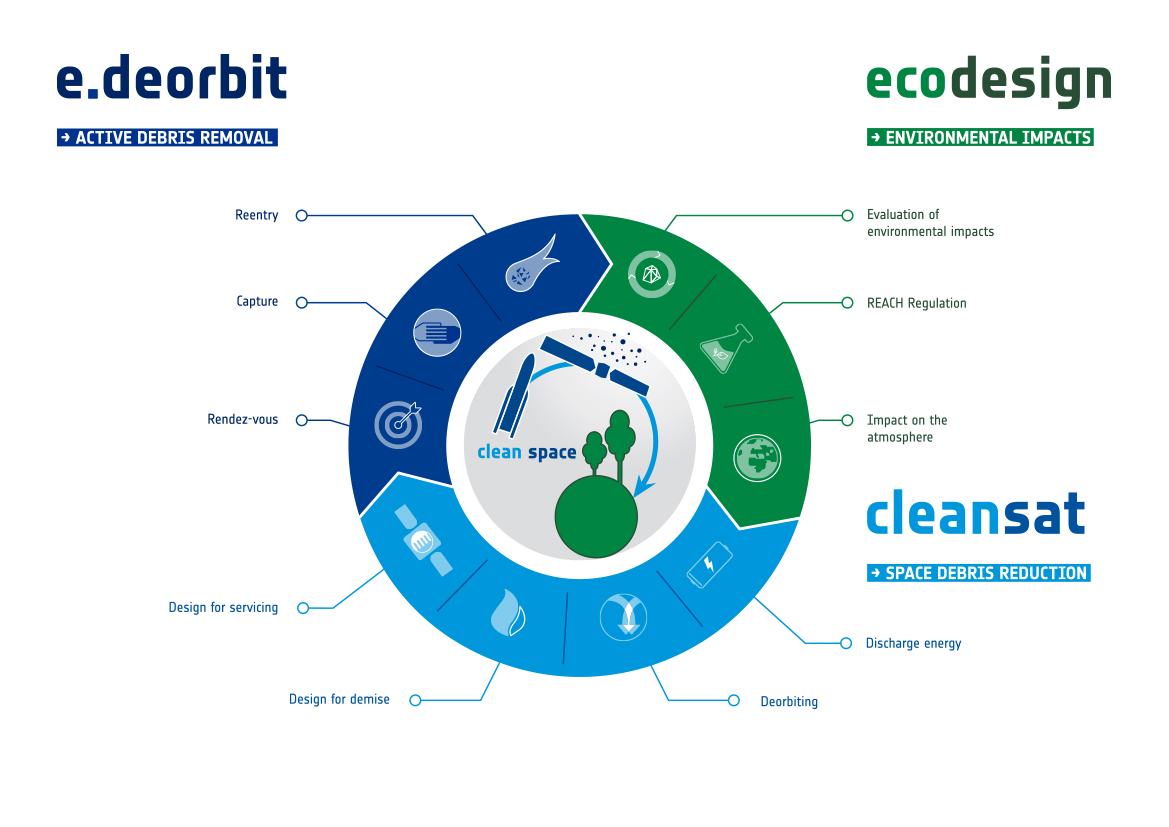
Clean Space infographic
- quantifying the environmental impact of satellites and launchers
- developing alternatives to REACH-endangered substances
- studying the impact of launcher plumes on the ozone
For the environmental impact, Life Cycle Assessment was used. Its holistic approach analyses the impacts from all life cycle stages across a range of environmental indicators. Otherwise, for example, we could look only at the CO2 emissions of the launch phase only. Which, interestingly, would not be much compared to the impact of the other phases, (e.g. manufacturing)! The scientific and quantitative nature of this work is vital in an area where ‘green washing’ (using the green label for marketing purposes) is common.

Life Cycle Assessment for a space mission
FUN FACT: did you know that in terms of global warming potential (greenhouse gas emissions), one science space mission has the equivalent environmental impacts as 60 return flights from Paris to New York?!
There are numerous benefits to eco-design in addition to the obvious environmental ones. These include:
- Giving European industry a competitive advantage. In fact, Arianespace has reported many customers asking about environmental impacts related to the launch service, such that the ability to show that a launcher or satellite has a lower environmental footprint may well become a selling point
- Supply chain knowledge: Eco-design helps improve supply chain knowledge and mitigate disruption risks due to environmental legislation, such as REACH
- Cost reduction: Eco-design can lead to cost savings due to the more efficient use of energy and resources
It can also be fun! (Did you see our post on the LCP game or the Technology image of the week on the board game?
It’s fair to say that ESA is ahead of the pack with eco-design for space. We certainly believe that the protection of our planet is of the utmost importance, and we hope you do too!
You can see our roadmaps for Branch 1 below, we’ll be publishing them on the Clean Space website in a more readable view shortly.
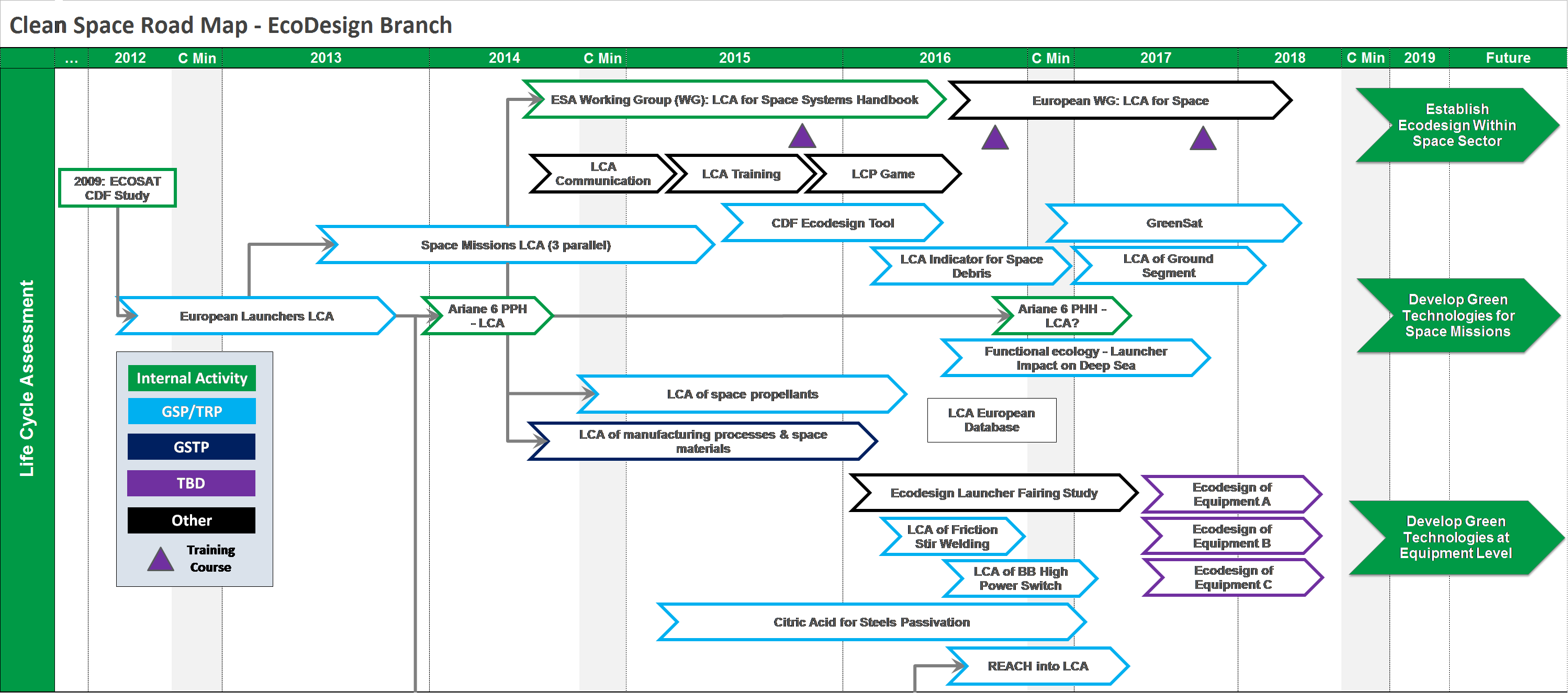


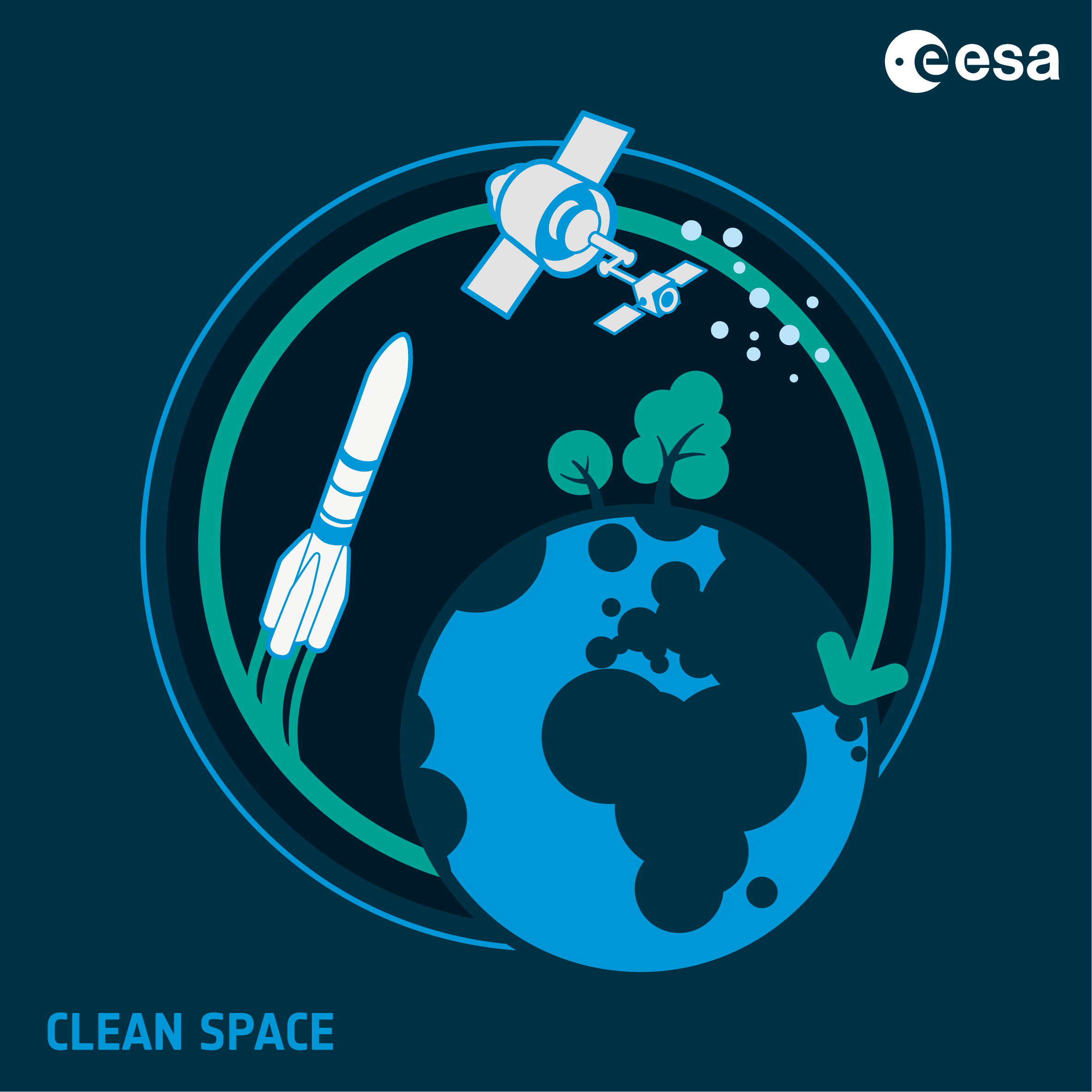

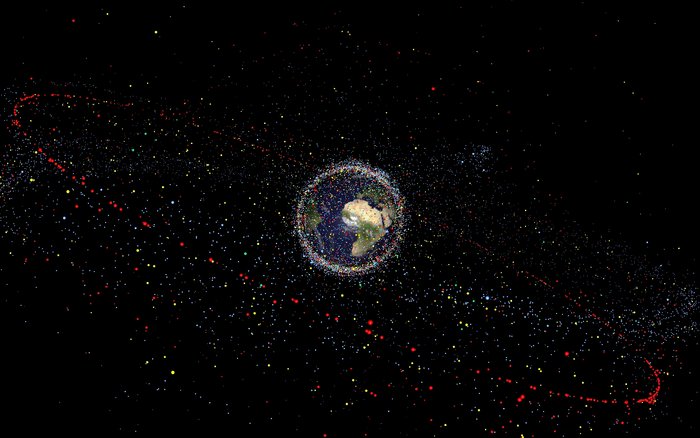
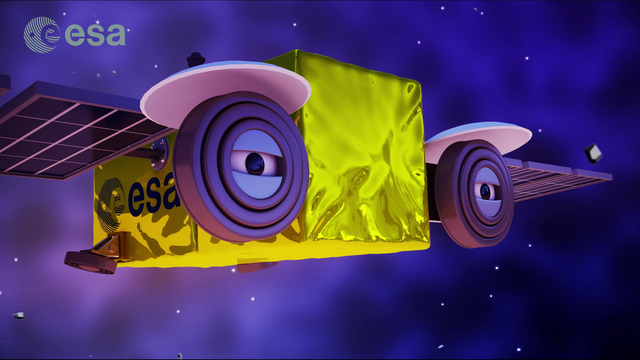
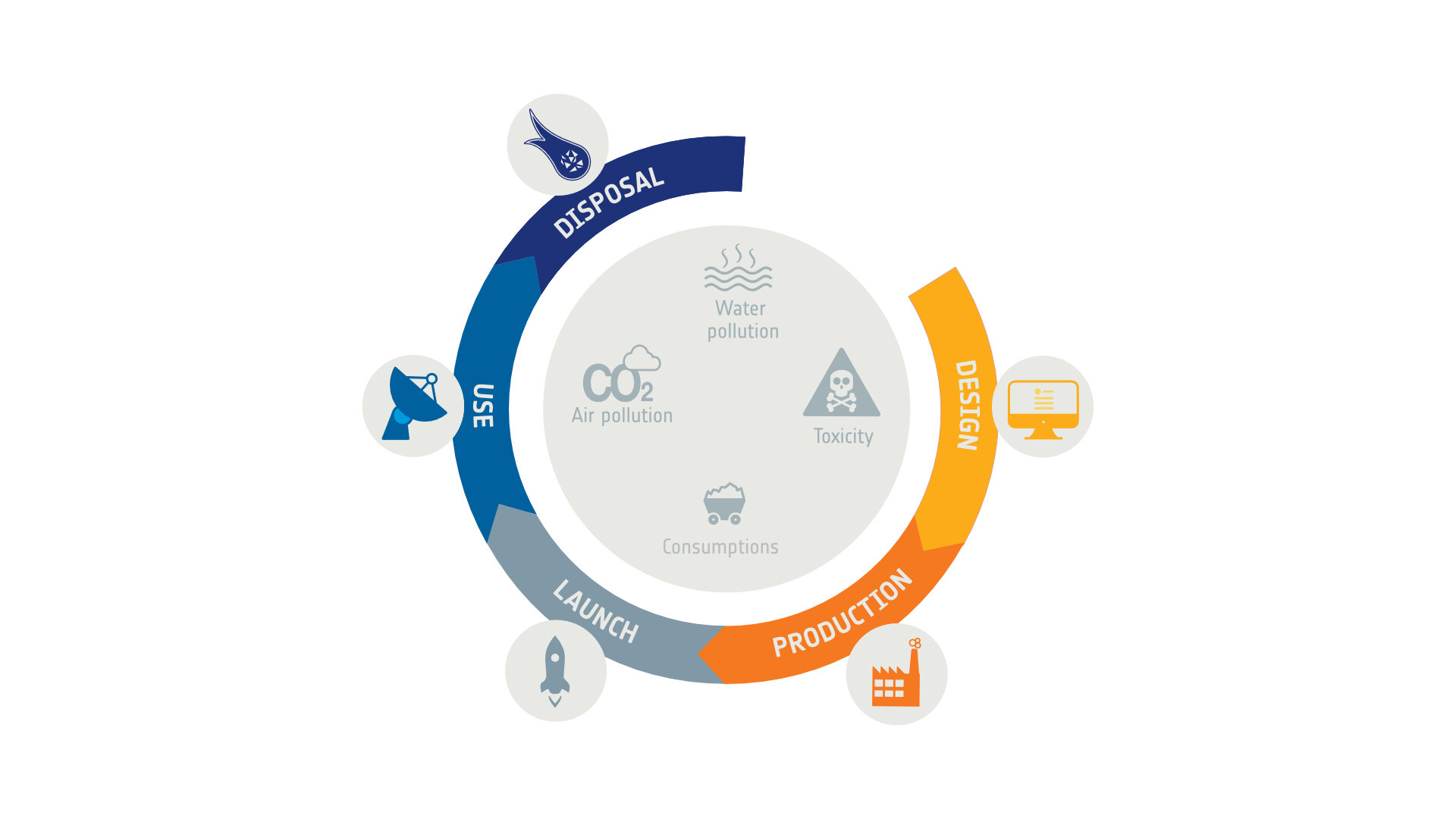
Discussion: no comments